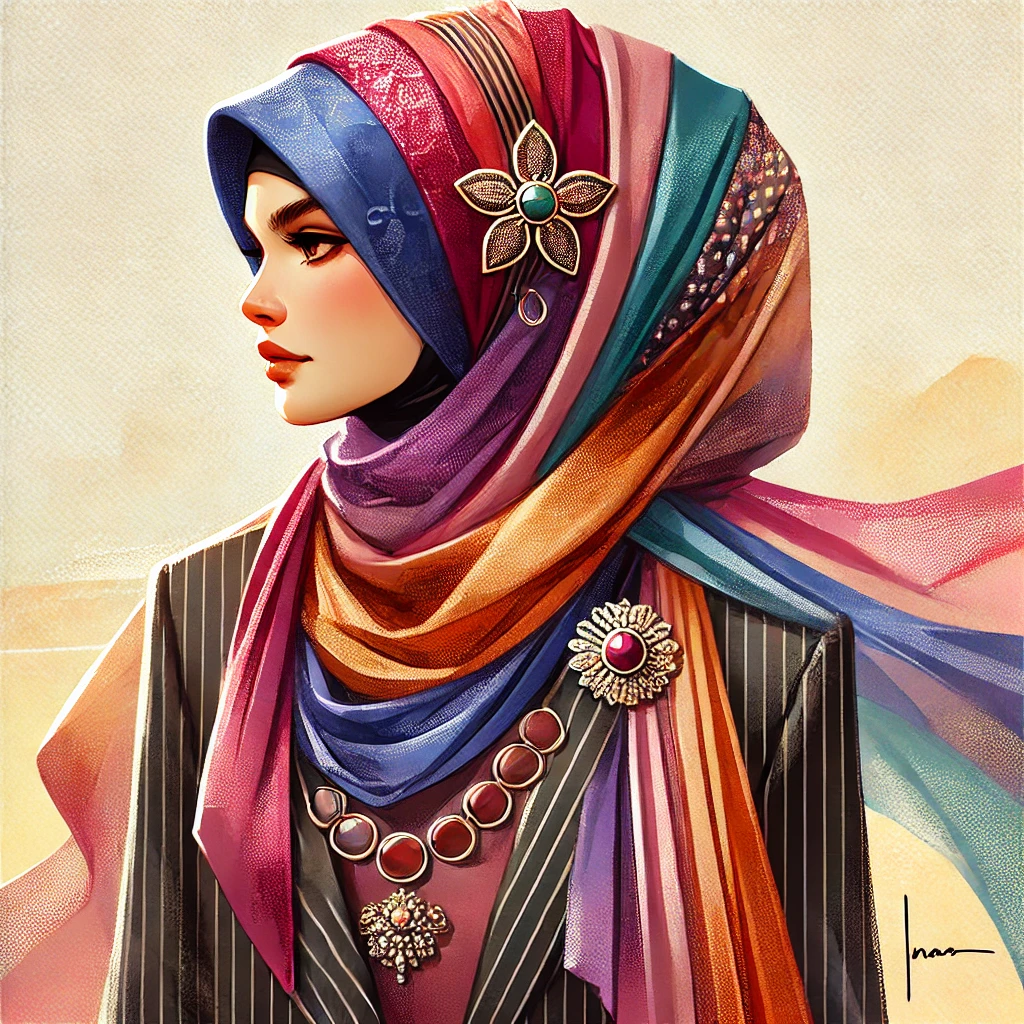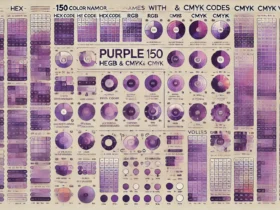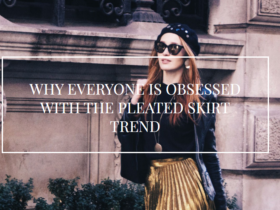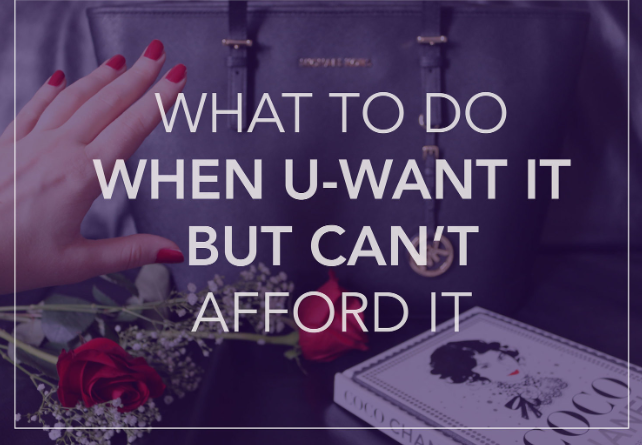Hijabhoojup: The New Trend Shaping Modest Fashion

In the ever-evolving world of fashion, new trends emerge that capture the imagination and redefine conventional styles. One of the latest buzzwords making waves in the modest fashion community is “Hijabhoojup.” Though the term may sound unusual, Hijabhoojup is quickly becoming a focal point for those who seek to blend tradition with contemporary style. This article delves into what Hijabhoojup is, why it’s gaining popularity, and how you can incorporate this trend into your wardrobe.
What is Hijabhoojup?
Hijabhoojup is a term that’s been gaining traction in online fashion circles, particularly among those who are passionate about modest fashion. While its exact origins are still somewhat mysterious, Hijabhoojup is generally recognized as a new style of wearing the hijab. Unlike traditional hijab styles, which often adhere to more conventional patterns and techniques, Hijabhoojup represents a fresh, innovative approach that emphasizes individuality and creativity.
This trend is not just about covering the hair; it’s about making a statement. Hijabhoojup encourages wearers to explore new ways of draping and accessorizing their hijabs, allowing for a more personalized and dynamic expression of modesty.
Why Hijabhoojup is Capturing Attention
The appeal of Hijabhoojup lies in its ability to merge the old with the new, offering a modern twist on traditional modest fashion. In an age where personal expression is highly valued, Hijabhoojup provides a platform for individuals to showcase their unique style while staying true to their cultural or religious values.
Social media has played a significant role in the rise of Hijabhoojup. Influencers and fashion bloggers have embraced the trend, sharing their own interpretations and inspiring others to experiment with this new style. The result is a growing community of fashion enthusiasts who are pushing the boundaries of what modest fashion can be.
Comparing Hijabhoojup to Traditional Hijab Styles
Hijabhoojup stands out from more conventional hijab styles due to its emphasis on creativity and versatility. Traditional hijabs, such as the Shayla, Al-Amira, or even the Khimar, tend to follow established patterns and are often worn in a more uniform manner. These styles are cherished for their simplicity and ease, but they may not offer the same level of personalization that Hijabhoojup does.
The Shayla vs. Hijabhoojup
The Shayla is a popular style that involves wrapping a long, rectangular scarf around the head, typically leaving one end to drape over the shoulder. It’s elegant and straightforward, often chosen for formal occasions. However, Hijabhoojup takes this a step further by introducing elements such as layering, mixing fabrics, and incorporating accessories to create a more distinct and individualized look.
Al-Amira vs. Hijabhoojup
The Al-Amira style, known for its simplicity and practicality, usually consists of a two-piece garment—a close-fitting cap with a tube-like scarf that’s easy to wear. While this style is favored for its convenience, Hijabhoojup offers more room for experimentation. It allows for the integration of different textures, patterns, and even asymmetrical designs that can transform a basic look into something extraordinary.
Khimar vs. Hijabhoojup
The Khimar, a longer, more traditional style, covers the head, neck, and shoulders, often flowing down to the waist. It’s a style deeply rooted in modesty. In contrast, Hijabhoojup doesn’t just focus on coverage but also on how the hijab can be styled to reflect personal fashion tastes. This makes it a more flexible option for those looking to make a fashion statement while maintaining modesty.
Why Hijabhoojup Resonates with Modern Fashion Enthusiasts
One of the key reasons Hijabhoojup has struck a chord with modern fashion enthusiasts is its adaptability. In a world where fashion trends are constantly shifting, Hijabhoojup offers a way to stay current without losing sight of traditional values. It appeals to a broad spectrum of individuals—from those who are deeply rooted in their cultural practices to those who are simply looking for new ways to express their style.
Hijabhoojup is particularly popular among younger generations who are eager to redefine modest fashion. It allows them to be part of a global fashion conversation while also celebrating their heritage. This duality—being both modern and traditional—is at the heart of what makes Hijabhoojup so compelling.
How to Style Hijabhoojup
If you’re curious about trying out Hijabhoojup, the good news is that there’s no one-size-fits-all approach. The essence of Hijabhoojup lies in its flexibility and the freedom it offers to experiment with different styles. Here are some tips to help you get started:
Play with Fabric and Texture
Hijabhoojup encourages the use of diverse fabrics. You can mix lightweight materials like chiffon with heavier ones like wool for a multi-dimensional look. The key is to find a balance that reflects your personal style.
Experiment with Colors and Patterns
Don’t shy away from bold colors and patterns. Hijabhoojup is all about making a statement, so feel free to combine floral prints, geometric designs, or even contrasting colors to create a standout look.
Incorporate Accessories
Accessories are a great way to elevate your Hijabhoojup style. Consider adding brooches, pins, or even jewelry that complements the overall look. The right accessory can turn a simple hijab into a fashion-forward piece.
Layering Techniques
Layering is another way to add depth and dimension to your Hijabhoojup style. You can layer different scarves or combine a turban-style wrap with a longer shawl to create a unique look that’s both modern and modest.
Conclusion: Why Hijabhoojup is More Than Just a Trend
Hijabhoojup is not just another fashion fad—it’s a reflection of how modest fashion is evolving. As more women seek ways to express their individuality while honoring their cultural or religious practices, Hijabhoojup provides the perfect blend of tradition and modernity. Its versatility, creativity, and emphasis on personal expression make it a standout trend in the world of modest fashion.
Whether you’re a seasoned fashionista or someone who simply enjoys experimenting with new styles, Hijabhoojup offers something for everyone. It’s a celebration of diversity, a testament to the power of fashion as a form of self-expression, and a reminder that modesty and style can go hand in hand.
FAQ
What is Hijabhoojup?
Hijabhoojup is a modern, creative approach to wearing the hijab, emphasizing individuality and flexibility. It allows for experimentation with different fabrics, styles, and accessories to create a personalized look.
How is Hijabhoojup different from traditional hijab styles?
Unlike traditional hijabs, which often follow set patterns and styles, Hijabhoojup encourages creativity and personalization. It allows wearers to mix and match materials, colors, and accessories to reflect their personal style.
Can I wear Hijabhoojup for formal occasions?
Absolutely! Hijabhoojup can be styled for both casual and formal settings. Its adaptability makes it suitable for a wide range of occasions, from everyday wear to special events.
What fabrics work best for Hijabhoojup?
Hijabhoojup works well with a variety of fabrics. Lightweight materials like chiffon or jersey are great for a casual look, while silk or satin can be used for a more formal or elegant appearance.
Is Hijabhoojup suitable for all age groups?
Yes, Hijabhoojup is versatile and can be styled to suit women of all ages. Its focus on creativity and individuality makes it an appealing option for anyone looking to express their personal style within the framework of modest fashion.














Leave a Reply